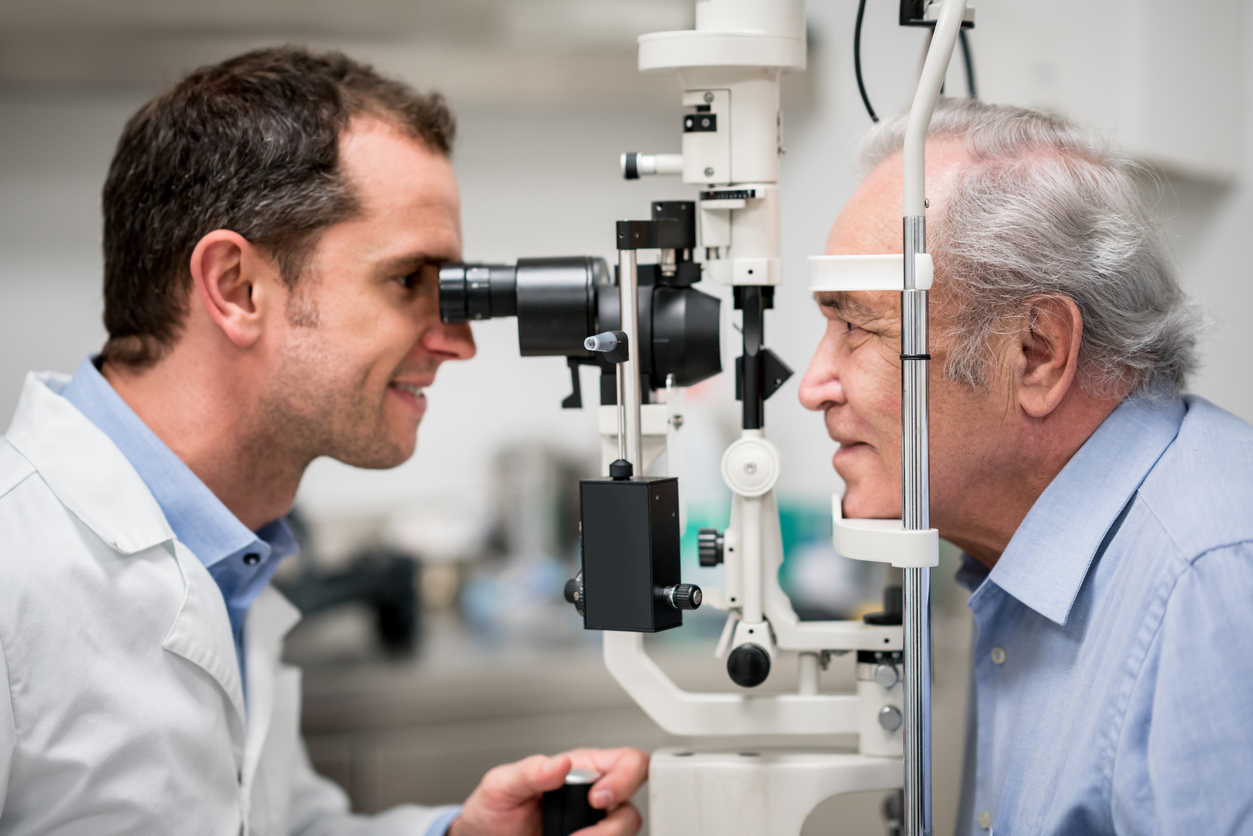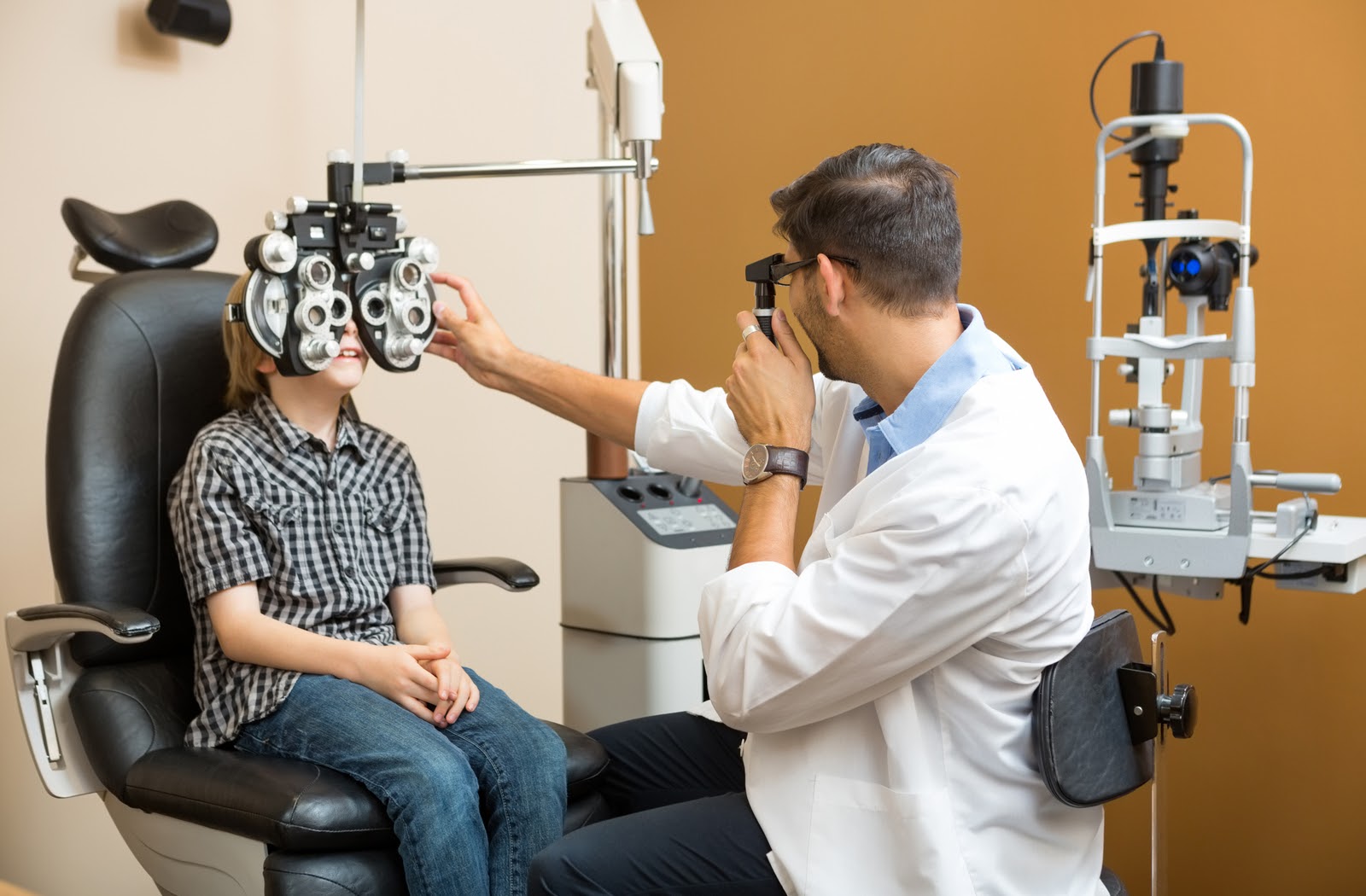The Value of Routine Eye Tests: Insights From a Seasoned Ophthalmologist
Routine eye examinations offer as an essential component of medical care that extends past mere vision adjustment. A seasoned eye physician can give understandings into exactly how these evaluations not just detect typical eye problems however also expose underlying wellness issues that may otherwise go undetected.
Benefits of Regular Eye Tests
Although many people may forget the value of routine eye examinations, these evaluations play an essential duty in keeping general health and wellness and health. Normal eye assessments serve not just to examine vision however likewise to spot early indications of systemic wellness problems, consisting of diabetic issues and high blood pressure. By determining these problems at their inception, people can obtain timely interventions, substantially improving long-term outcomes.
Furthermore, eye exams can aid in keeping track of existing health and wellness problems, guaranteeing that any modifications in vision or eye health are quickly attended to (optometrist). The analyses permit personalized recommendations regarding glasses, way of life adjustments, and protective steps against potential eye pressure or damage
Beyond physical wellness, the advantages of routine eye tests reach enhancing lifestyle. Improved vision helps with much better efficiency in everyday activities, from checking out to driving, therefore adding to higher independence and safety and security. Eventually, prioritizing eye tests promotes an aggressive strategy to wellness administration, equipping people to organize their well-being. Regular exams are an important element of a thorough healthcare method, making sure that both vision and general health and wellness are maintained throughout life.
Common Eye Issues Detected
Regular eye exams contribute in spotting a variety of typical eye problems that can substantially influence vision and overall health. Amongst the most prevalent conditions determined throughout these assessments are refractive errors, consisting of nearsightedness (nearsightedness), hyperopia (farsightedness), and astigmatism. These conditions typically show up as blurred vision and can be easily fixed with prescription glasses or contact lenses.
Furthermore, cataracts, which create clouding of the lens, are regularly diagnosed in older grownups. This condition can cause decreased vision and needs surgical treatment for resolution. Another common concern is glaucoma, a group of eye illness that harm the optic nerve, often linked to increased intraocular stress. Early discovery is essential as it can protect against irreversible vision loss.
Age-related macular deterioration (AMD) is another considerable problem that impacts main vision, particularly in people over 50. Lastly, diabetic retinopathy, a difficulty of diabetic issues, can lead to serious vision disability otherwise kept track of frequently. Through detailed eye tests, these problems can be identified early, enabling prompt administration and therapy to maintain vision and improve top quality of life.
Value of Very Early Detection
Early discovery of eye problems plays an important duty in protecting vision and preventing substantial health and wellness issues. Lots of eye diseases, such as glaucoma, diabetic person retinopathy, and age-related macular degeneration, can progress silently without obvious signs in their onset. By the time symptoms manifest, permanent damages may have occurred, bring about irreversible vision loss.
Regular eye exams facilitate very early medical diagnosis, permitting prompt intervention and therapy. For example, treating elevated intraocular pressure can prevent the beginning of glaucoma, while taking care of blood sugar level levels can substantially minimize the risk of diabetic person retinopathy. In addition, conditions like cataracts can be efficiently taken care of with surgical intervention when identified early.

How Often Should You Go To?
Establishing the frequency of eye exams is important for maintaining optimum eye wellness and vision. The basic referral for adults is to have a comprehensive eye exam every one to 2 years, depending upon private threat variables and age. For individuals aged 18 to 60, an examination every 2 years useful content is commonly adequate if no vision troubles are present. Nonetheless, those over 60 need to take into consideration yearly examinations, as the threat of age-related you could try this out problems raises substantially.
People with details danger variables, such as a household background of eye disease, diabetes, or existing vision issues, may call for more frequent evaluations. Children ought to have their very first eye exam at 6 months of age, followed by additional examinations at age 3 and before entering school. Regular check-ups throughout youth are critical as vision can change quickly throughout developmental years.
Ultimately, the regularity of check outs must be tailored to each individual's conditions, including way of living, work risks, and any pre-existing eye conditions. Consulting with an eye treatment expert can offer personalized recommendations, guaranteeing that your eye wellness is regularly checked and preserved.
Tips for Your Eye Examination
Planning for your eye examination can boost the effectiveness of the check out and ensure a complete examination of your eye health. To maximize your time with the eye medical professional, it is critical to gather relevant info prior to your visit. Begin by assembling a checklist of any type of medicines you are presently taking, consisting of over-the-counter medications and supplements, as these can impact eye health and wellness.
Furthermore, record any type of symptoms you have experienced, such as blurred vision, discomfort, or migraines. This info will aid your optometrist in detecting potential issues. If you use glasses or get in touch with lenses, bring them along, even if you do not wear them on a regular basis. This will help the physician assess any kind of modifications in your vision.
It is likewise useful to have a household history of eye problems available, as hereditary aspects can add to your eye health. Ultimately, consider arranging your examination temporarily when you are less rushed, permitting you to ask concerns and discuss your problems extensively. By preparing appropriately, you make sure that your eye examination is productive and that your ophthalmologist has all the necessary information to give the finest treatment feasible.

Final Thought
Normal eye exams play an important role in preserving both vision and total wellness. They promote the very early detection of various eye conditions and systemic problems, permitting timely intervention. The referrals for frequency highlight the significance of proactive treatment. Carrying out basic preparatory suggestions can boost the exam experience. Eventually, prioritizing comprehensive eye examinations adds substantially to the page conservation of vision and the enhancement of lifestyle, underscoring the requirement of routine eye treatment in preventive healthcare techniques.
Regular eye tests are critical in finding a range of usual eye conditions that can significantly impact vision and total health.Identifying the frequency of eye tests is necessary for preserving ideal eye health and wellness and vision.Preparing for your eye exam can boost the performance of the browse through and make sure an extensive analysis of your eye health and wellness (optometrist). By preparing sufficiently, you make sure that your eye exam is productive and that your eye medical professional has all the needed details to give the ideal treatment possible
Eventually, prioritizing comprehensive eye analyses contributes dramatically to the preservation of vision and the improvement of top quality of life, highlighting the necessity of regular eye treatment in preventive medical care strategies.